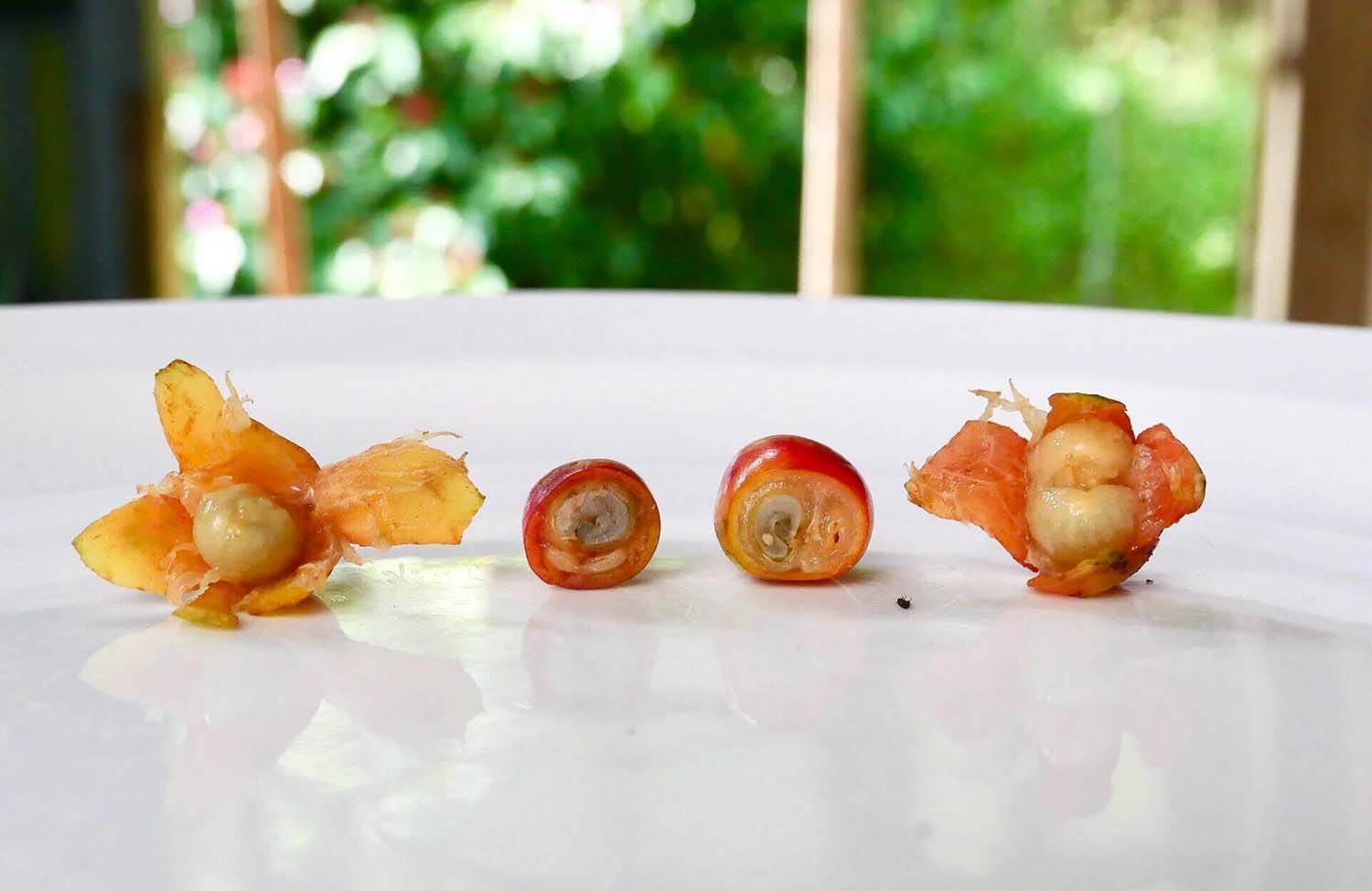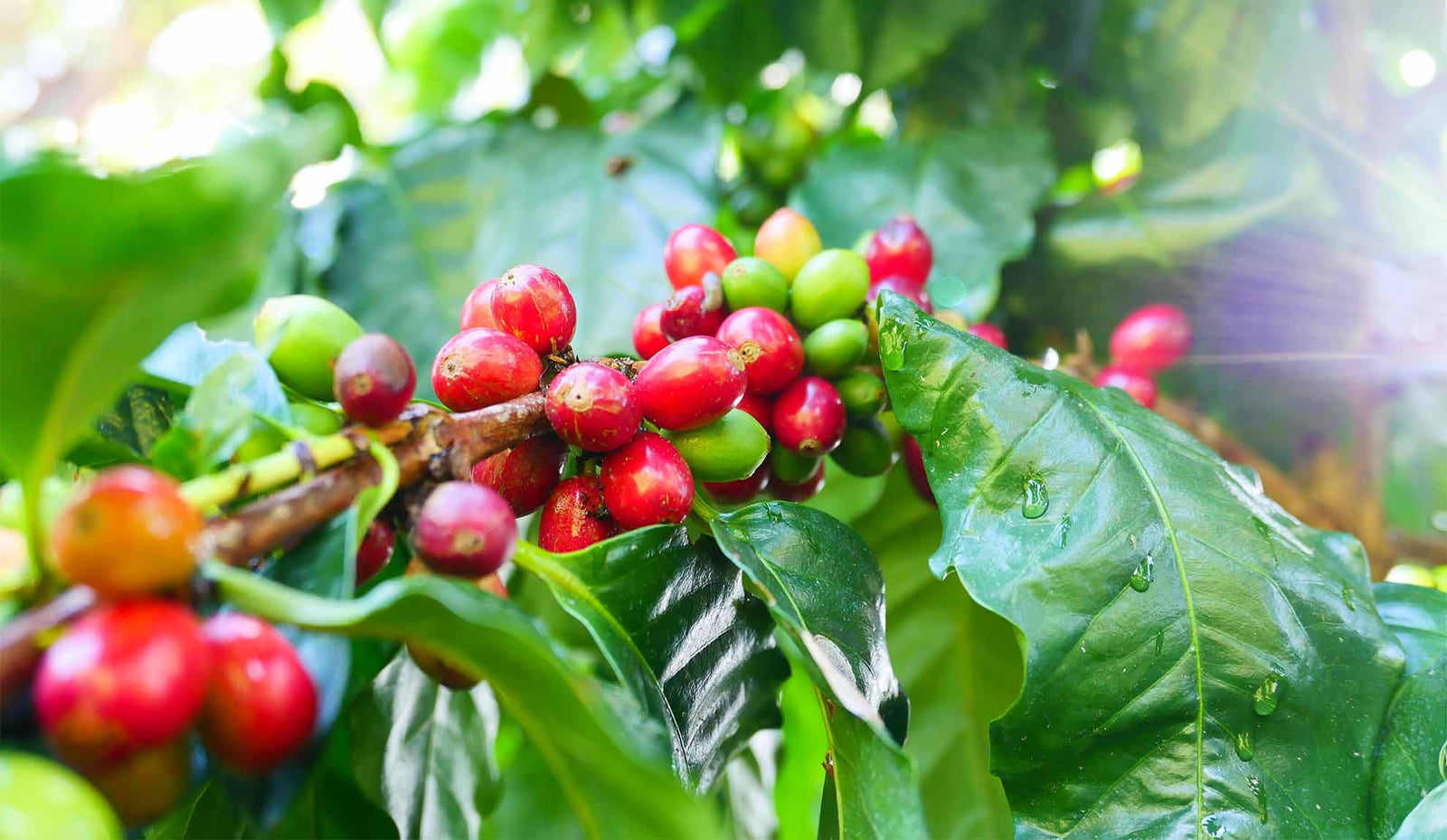This week, we’ve been excitedly preparing for the arrival of our new equipment: east Hawaii Island's first (and only) coffee size grader. 838 pounds of steel, shipped from Brazil, made possible by a grant through Innovate Hawaii and AIP. When it comes to separating a commercial “grocery store” grade coffee from the best Hawaiian coffees, it’s an important piece of equipment.
It works by shaking coffee through sized sieves, andsorting them into grades: peaberry, fancy, estate, and off-grade (a.k.a the stuff that makes coffee taste bitter, dirty, or intensely sour).
Overall, though, it's just one important part of making coffee delicious. To get a better idea of where it fits into that process, it helps to draw up an example…
Let’s say we have two coffees of the same coffee varietal, the same region, and harvested on the same day. Blindfolded, you taste them both. What separates the mediocre from the extraordinary? Or the $15 from $50 beans?
What Makes Coffee Beans Great?
1. Quality of the the coffee cherry being harvested. Unripe cherry tastes bitter or similar to grapefruit pith, while overripe cherry can taste vinegary or rotten. Perfectly ripe cherry is generally sweet, rich and flavorful.`
2. Processing. Technique and cleanliness are the challenges here. Poor processing technique can cause coffee to like anything from a wet dog rolling in an onion patch, beer, or manure. Excellent processing can reveal the true nature of the coffee bean: flavors like red wine, grapes or candied apple.
3. Grading. Grading separates the diseased and broken beans from large, whole beans. It also sorts beans of similar sizes. If small, rotten (manure-tasting) beans accidentally get in the coffee, grading will sift them out.
4. Storage. I have cupped coffees which smell like dirty blue jeans and cardboard, thanks to poor storage conditions. Poorly stored coffees can taste like a burlap sack, paper bag, musty attic, or, at best, nothing at all. Well stored coffees can retain their origin characteristics for many months.
5. Roast profile.Does drinking a cup of coffee make your breath smell like cigarette smoke and rubber? If so, your coffee may be baked and over roasted in order to mask the defect flavors in the coffee you just bought. Yum.
Getting it right takes time, research, labor, and infrastructure.
Up until now, we have had control over 1, 2, 4, & 5. For # 3, however, we’d been hauling our coffees to Kona. To most, a drive to Kona would be a nice sunny day at the beach. But for a coffee farmer, it’s time consuming, expensive, and a risky exposure to coffee berry borer (not to mention being a burden on the Kona coffee mills to process our beans quickly, which they are often grumpy to do). For these reasons, east Hawaii coffee farmers rarely have their coffees graded. That's not good for buyers orfarmers.
You can see that east Hawaii really needed a coffee grader. So, we applied for a grant to purchase one -- and it worked.
Of course, we didn’t acquire the grader for solely our own purposes. We are hoping to facilitate growth of agricultural jobs in the coffee industry throughout east Hawaii and help coffee farmers earn a living by creating a higher quality product.
Bringing in the grader has fallen perfectly in line with the two things we enjoy doing most: supporting the network of hard-working farmers in our community, and crafting the best Hawaiian coffee we can.
Special thanks to Innovate Hawaii for the much-needed grant.





